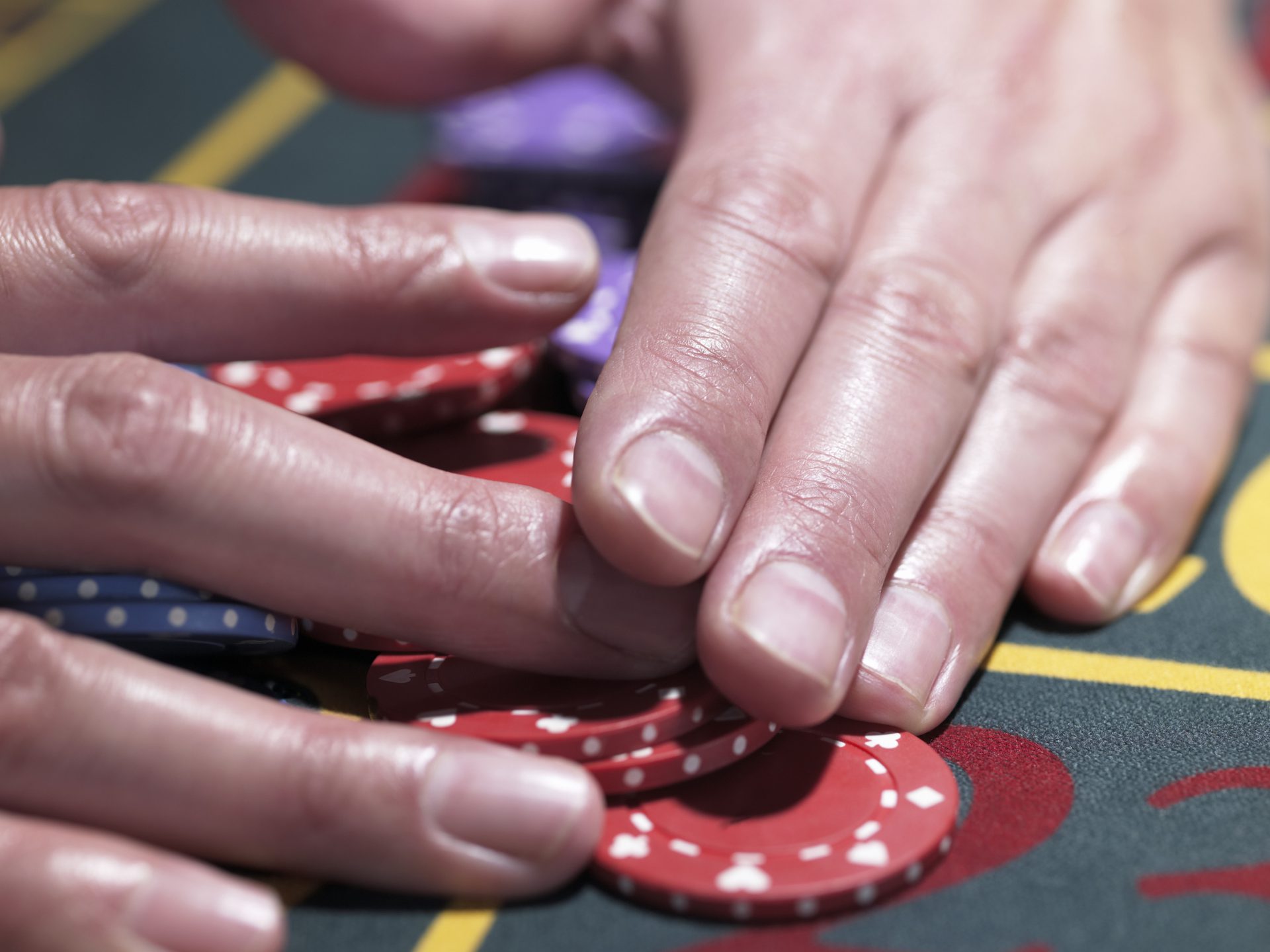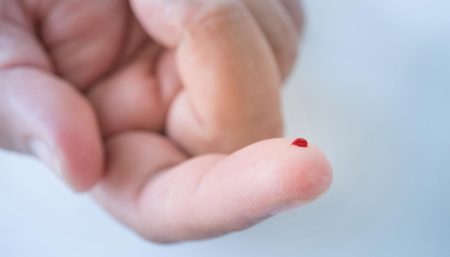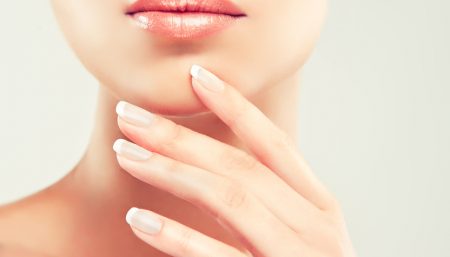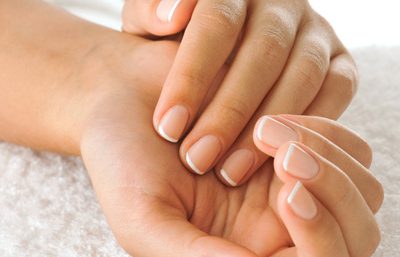
Superficial Infection of the fold of skin surrounding a fingernail or toenail (nail fold) is called paronychia. It usually results from injury to the area from biting off or picking a hangnail, or from manipulating, trimming, or pushing back the cuticle.
It can be divided into acute paronychia and chronic paronychia depending on the amount of time the infection has been present.
The infection causes pain and swelling, which may develop either suddenly (acute paronychia) or gradually over several months (chronic paronychia), depending on the underlying cause. One or more nails may be affected by the condition.
The Disorders include:
- bacterial paronychia (caused by bacteria)
- Candida paronychia (caused by a specific type of yeast)
- fungal paronychia (caused by a fungus other than Candida)
What are the Causes?
Paronychia is usually the result of:
- A bacterial infection entering the nail fold through a cut. The most common bacteria responsible is Staphylococcus aureus. Other bacteria that are less commonly involved are Streptococcus species and Pseudomonas species.
- Break in the skin caused byrepeated injury of the cuticle skin, such as in vigorous manicures.The skin around the nail separates from the nail, softens, and becomes infected, usually by a yeast organism.A secondary bacterial infection may then occur, resulting in acute paronychia.
- Repetitive soaking of hands in water at work or at home. Common among people such as cooks
- Excessive hand washing, especially when the hands are not dried properly
- Some people with decreased resistance to infection, such as those withdiabetes mellitusm, are at increased risk of paronychia. Fungal paronychia is common among people with diabetes and among people who have their hands in water for long periods of time.
What are the Symptoms?
Usually, the symptoms of acute paronychia become apparent about 24 hours after infection and include:
- Skin lesion (Rashes involve changes in the color or texture of your skin) located in the skin around the nail, often at thecuticle or at the site of a hangnail or other injury
- painful
- onset sudden (bacterial) or gradual (fungal, mixed infection)
- may persist (fungal, mixed infection)
- may be acute or chronic redness, localized
- swelling, localized
- pus-filled blisters (especially with bacterial infection)
- swelling of the finger or the cuticle
- Eventually, the affected nail thickens slightly and develops horizontal ridges and brownish discoloration.
If acute paronychia is left untreated, the nail may separate from the nail bed and eventually fall.
Diagnosis
Paronychia can be diagnosed from the appearance of the nail and its surrounding skin. Sometimes Aspiration and culture is done to identify the organism causing the infection. For a culture, a sample of the pus is collected and sent to the laboratory for examination under a microscope.
A potassium hydroxide (KOH) test of a smear from the nail fold can sometimes reveal a fungus.
Treatment Options
Warm soaks can be used 3 or 4 times a day for acute paronychia to promote drainage and relieve some of the pain. Your doctor may prescribe oral antibiotics such as cephalexin or dicloxacillin, for acute paronychia. In severe cases, pus may be drained under local anaesthesia. Topical antibiotics or anti-bacterial ointments do not effectively treat paronychia.If there is pus or an abscess involved, the infection may need to be incised and drained. Rarely, a portion of the nail may need to be removed. Acute paronychia often clears up in a few days with treatment.
Chronic paronychia may be treated with an over – the – counter cream containing containing an antifungal drug, but if there is a secondary infection your doctor may prescribe stronger antifungals and oral antibiotics. A mild topical steroid like hydrocortisone may be added to the antifungal medication to help reduce inflammation. Steroids should never be used alone on a chronic paronychia.Chronic paronychia take several weeks. Avoid predisposing factors such as exposure to irritating substances, prolonged exposure to water, manicures, nail trauma and finger sucking.
The hands should be kept dry, or, topical drying agents such as Castellani’s paint should be applied
Excellent results have been reported with the use of an eponychial marsupialization technique, as well as removal of the entire nail and application of an antifungal-steroid ointment to the nail bed.
Eponychial Marsupialization Technique
In this technique, the affected digit is first anesthetized with 1% Xylocaine (lidocaine) with no epinephrine by using the digital ring block method.
Tourniquet control of the proximal digit is accomplished by using a finger of a latex glove with the distal end cut off.
With a number-15 blade, a crescent-shaped incision is made proximal to the distal edge of the eponychial fold.
The distal incision is made approximately 1 mm proximal to the distal edge of the eponychium and along its curve.
At its widest end, the proximal incision is approximately 5 mm from the distal incision.
The incision should appear symmetric and extend to the edge of the nail fold on each side.
All affected tissue within the boundaries of the crescent and extending down to, but not including, the germinal matrix is excised. In effect, this procedure exteriorizes the infected and obstructed nail matrix and allows its drainage.
If the nail plate is grossly deformed at the time of surgery, it may be removed.
The excised region is packed with plain gauze wick, which is changed every 2-3 days.
Epithelialization of the excised defect occurs over the next 2-3 weeks.Nail improvement occurs over the next 6-9 months but may require as long as 12 months to become apparent
Lifestyle Modifications
To prevent paronychia,
- Dry your hands thoroughly after washing and
- Wear cotton – lined rubber gloves when your hands are in water.
- Do not bite nails or cuticles
- Do not suck fingers
Diet: No change in diet is required.
Repeated immersion of the hands in water is a risk factor.
Disclaimer
The Content is not intended to be a substitute for professional medical advice, diagnosis, or treatment. Always seek the advice of your physician or other qualified health provider with any questions you may have regarding a medical condition.



